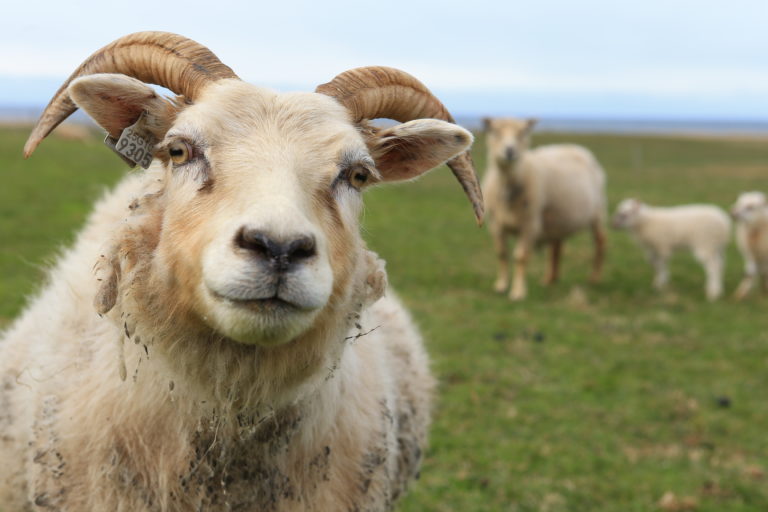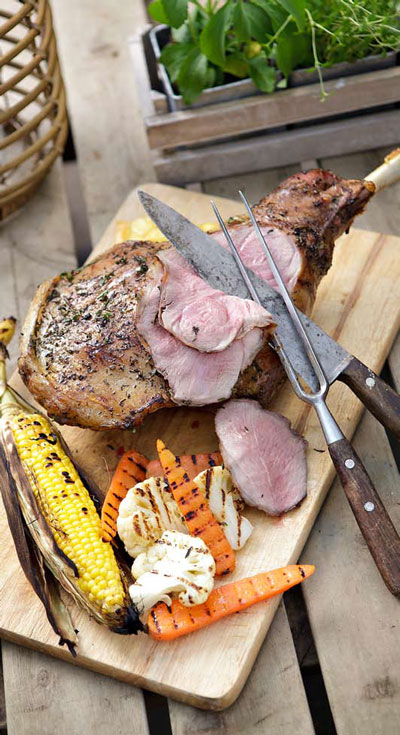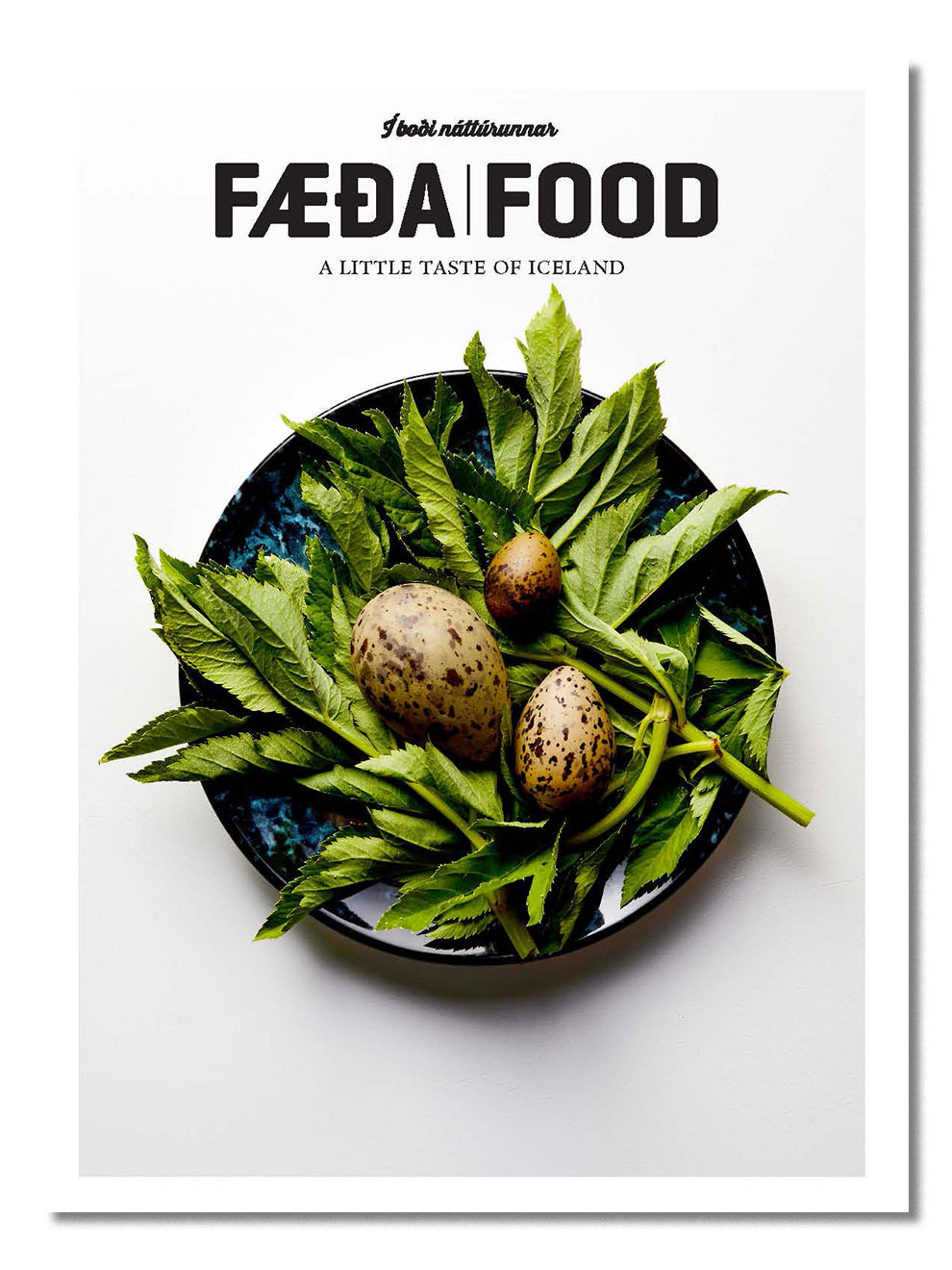
Lamb and Blueberry Jam
Text LISA GAIL SHANNEN
Whenever I ask my Mum, “What do you want me to bring you from Iceland?”, the answer is the same: “bring me some lamb and blueberry jam.”
Apart from woolly socks and Malt (an Icelandic malt-based soft drink) which are also on her list of favourite things, it’s all she ever asks for. She loves Icelandic lamb, as do my entire family back in Manchester in the UK. It’s such a treat; the whole clan gets invited over for dinner, where the lamb—which she slow-cooks in the oven and seasons with home-grown rosemary—is served with roast potatoes, mashed spuds, root vegetables and a good dollop of Icelandic blueberry jam.
But, what is it that makes the quality of the lamb here in Iceland—my adopted home—exceptional? When I first visited the country for a Christmas break back in the 1990s, I stayed at a farm in Fljót in North Iceland where I got to try Icelandic lamb for the first time. I was fairly young at the time and a picky eater, but the lamb, which was flavoured with Blóðberg (wild/creeping thyme) and served with caramelized potatoes, green beans and pickled red cabbage left a great taste, both in my mouth and my memory: unique and delicious, with a very distinctive flavour.

When I returned for the summer holidays a few years later, I found out more about the tradition of sheep farming in Iceland and the reasons why the lamb tastes so good. Apart from the fact that the sheep in Iceland come from purebred heritage stock (cross-breeding of sheep is prohibited by law), it has everything to do with nature and tradition. Icelandic lamb is as natural as it gets and no one does free-range quite like the Icelanders do, who have employed the same age-old traditions for sheep farming since the Age of Settlement over a thousand years ago.
I learned that farmers do not interfere with the natural cycle of reproduction and after the lambs are born in spring, they are released into the great outdoors with their mothers and the rest of the flock.
Before they are rounded up at the annual Réttir (sheep round-up) in September, they are free to roam the mountains and valleys far and wide. They spend their entire lives outdoors in the wild, and what a wonderfully wild place it is: free from pollution, with pure fresh air and clean water, where they can munch on an abundance of saplings, thyme, crowberries, blueberries and heather.
Apart from being in superb health, roaming in the sub-Arctic countryside, Icelandic sheep have adapted well and developed into a strong, sturdy, fast-growing breed. With such a cool climate, free of pests and disease, farmers don’t need to use pesticides or herbicides. Growth hormones are banned and there’s a record low use of antibiotics, too. So, it’s a combination of breed, clean environment and quality grazing grounds that makes the lamb so tasty and in demand. It’s certainly a hit with my Mum and my family back in Manchester, who, I often tease, are more excited to see the lamb than they are to see me.




